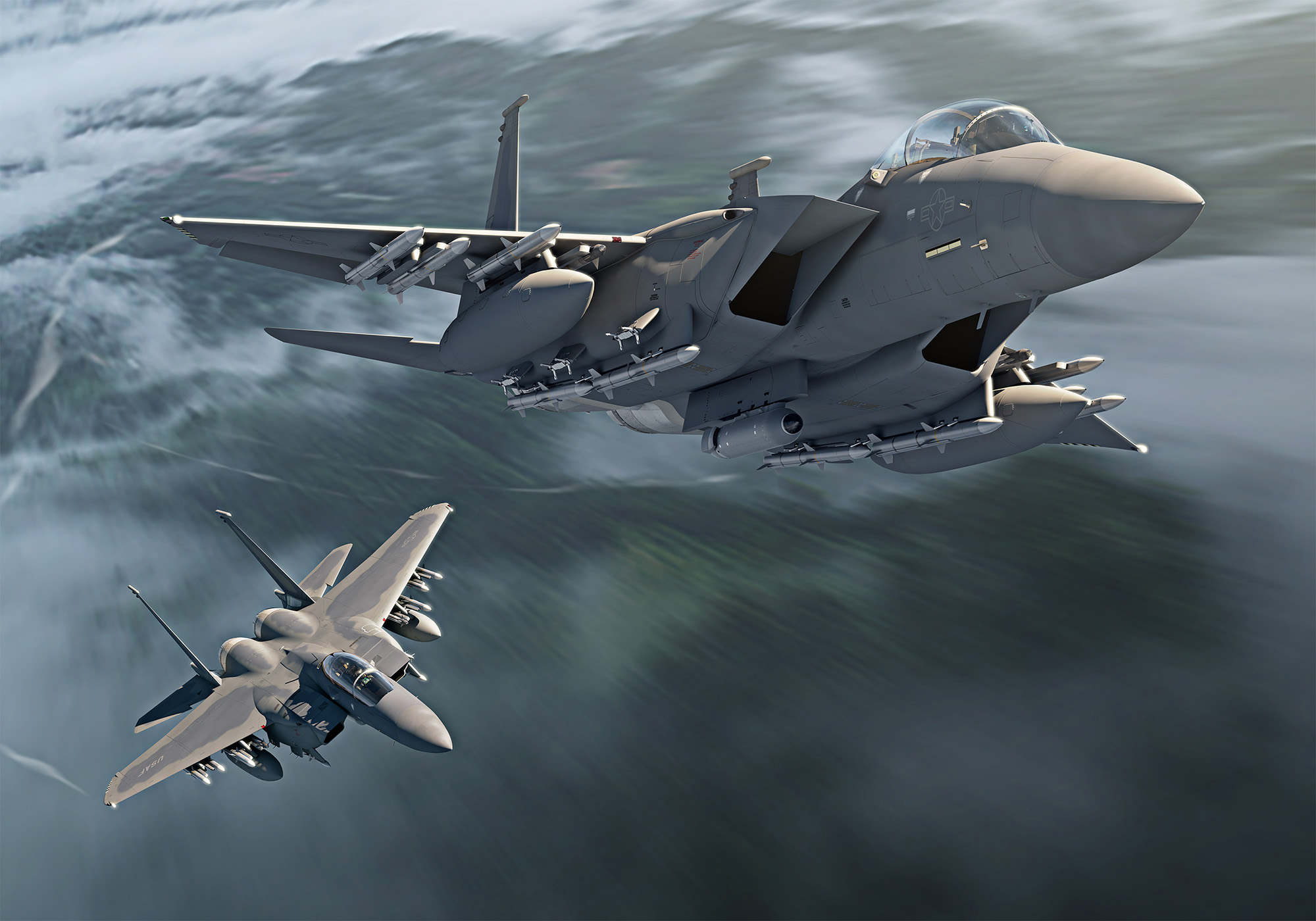Indeed. Basically, there are 3 attributes to consider, in addition to preferably maintaining the German industrial base (which is realistically the only reason Typhoon figures in the plans):
- be a good strike platform to replace Tornado IDS, including B61 capability.
- have a strong EW/SEAD capability
- be stealthy
Typhoon doesn't really provide any of this out of the box, although industry is proposing an ECR version that would take care of the second item (but is probably too expensive as a bespoke development). F-35 does very well on #1 and 3, but doesn't have #2 and is viewed as potentially damaging to the prospects of the NGF project (I don't necessarily agree, see UK & Italy). Meanwhile the Super Hornet is the gold standard on #2 and performs very respectably on #1 (B61 integration pending).
The F-15? Well, it fulfills #1 possibly better than any other candidate, but beyond that doesn't have much going for it. With the two US alternatives each ticking two of the three boxes, it's clear why the Eagle doesn't figure prominently.
If money were no object, F-35 & Typhoon ECR would be the way to go. If politics were no object, Growler and F-35 would look attractive. Failing both, you arrive at the proposed, decidedly unsatisfactory solution of Typhoon + SH/Growler, because without significant bespoke development you only really get to pick any two of the three items.

www.thedrive.com



